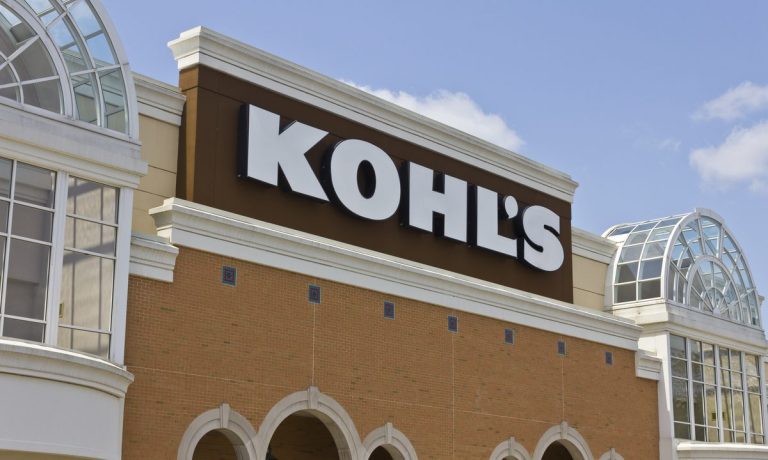
With as many as two additional activist bids coming in for Kohl’s over the weekend, in the wake of last week’s scathing critique from Macellum and an earlier broadside from Engine Capital in December, it is hard not to conjure up the familiar closing cant of auction houses everywhere: going once, going twice, sold to ….
If only Wall Street auctions actually happened with that kind of speed and gavel-pounding conclusivity but that, of course, is not how the process works.
While things are clearly developing rapidly with the emergence of four suitors in the past six weeks, no matter who ends up in control of Kohl’s — and it very well could still be the existing board and management — the sudden surge in investor interest in the second-largest U.S. department store chain is, in and of itself, intriguing and telling.
Why Now?
In the case of Kohl’s, as much as there are two activist letters calling for both boardroom and business breakup changes, as well as two reputed — but unconfirmed — buyout offers reported to be in the $9 billion range, or nearly 50% above the retailer’s present valuation, Kohl’s itself has been on takeover watch for over a year.
Part of the allure of Kohl’s is the fact that its stock has lagged, or in the words of Macellum, has just delivered investors “another lost year.” Specifically, “a 22% share price decline” from the point last April when Macellum settled with Kohl’s to get two new directors on its board.
Although the stock finally popped higher in line with the huge premium in the buyout reports, it was oddly unresponsive to the prior two reorg plans that were publicly floated, with the shares falling 3% since Engine’s call to split Kohl’s physical stores and eCommerce businesses in two.
That same thinking, the pursuit of higher valuations by untethering the faster-growing digital assets from the core department stores, was also deployed this past year at rivals including Saks and Macy’s, with the latter expressing its preference for omnichannel togetherness and the former moving ahead with plans for a peaceful separation.
In addition, there’s also a real estate play underpinning the sudden interest in an otherwise struggling chain of 1,200 stores. Macellum’s plan proposed a board refresh with new directors who would carry out plans to monetize $4 billion of real estate assets which it said would lift the stock closer to its $100 per share fair value.
Been There, Done That
In both cases, Kohl’s board and CEO Michelle Gass gave the plans the old “been there, done that” treatment and determined that the best long-term plan for the Wisconsin-based retailer was to stay intact.
As far back as August 2020, when the retailer’s digital sales rose 58%, Gass was defending the company’s omnichannel preference, saying Kohl’s physical stores were “increasingly supporting our digital business, serving as a critical fulfillment hub for ship from store and customer pickup.”
Since then, digital sales have only grown more important, and have also been the catalyst behind numerous other retail acquisitions involving so-called fallen angels, or well-known brands that have hit hard times.
Perhaps the most active player in this space is SPARC Group, the 5-year-old joint venture between mall landlord Simon Property and Authentic Brands, which has acquired more than half a dozen chains and websites recently including Eddie Bauer, Aéropostale, Brooks Brothers and Forever 21.
In announcing the acquisition of Reebok’s U.S. operations last month, the heads of the three companies involved called the acquisition monumental, exciting times and thrilling.
“We are thrilled to continue Reebok’s journey under the ownership of ABG. And we’re equally excited for the drive and support that SPARC will deliver to the Reebok brand,” said Reebok President Matt O’Toole, pointing to plans to position the footwear company to “compete and win in a digitally driven, omnichannel world.”
Whether, and in what form, Kohl’s gets to play in that “digitally driven, omnichannel world” remains to be seen, because even if a buyout was successful there’s no reason to think a new owner wouldn’t see greater value in dismantling the retailer and selling the parts versus the heavy lifting of making those same parts work together efficiently.